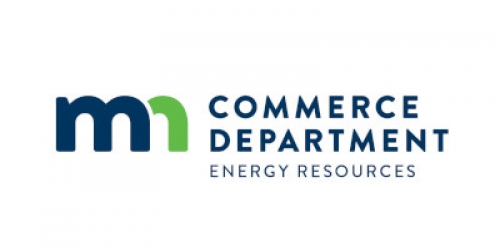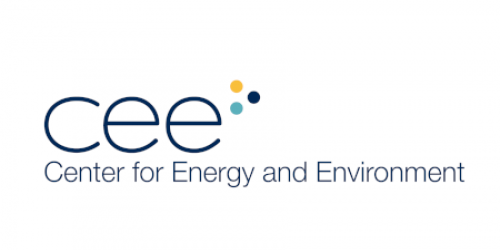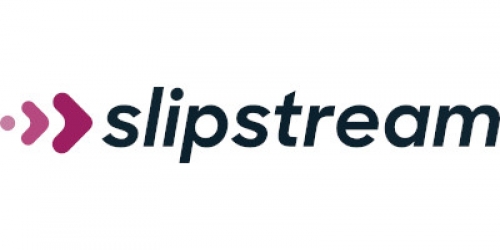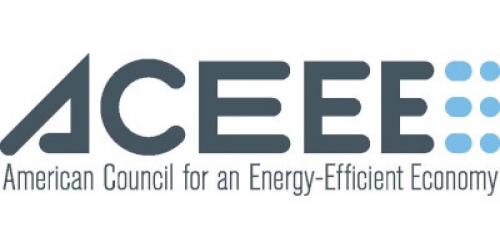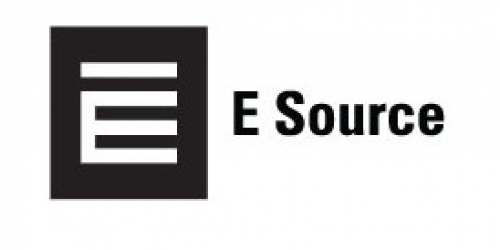Download the full final report
Study Appendices
A) Methodology and Data Sources
B) Detailed Model Results
C) Energy Efficiency Measures
D) Behavioral Measures and Approaches
E) Load Management and Demand-Response
F) Low-Income Sector Market Study
G) Rural Utility and Agriculture Sector Market Study
H) Small Commercial Market Sector Study
I) Energy Efficiency Program Benchmarking Report
J) Residential Buildings Primary Data Collection Report
J-2) Residential phone survey data and statistics workbook
K) Commercial Large Buildings Primary Data Collection Report
L) Trade Ally Survey Report
L-2) Trade Ally Survey Interview Scripts
M) Minnesota HVAC Sales Data Report
N) Advisory Committee Membership and Policy Comments
O) Review of Past Minnesota Energy Efficiency Potential Studies
P) Analysis of Workforce Impacts of Modeled Energy Efficiency Programs
Project Partners
With Support By
For the continued success of Minnesota's Conservation Improvement Program (CIP), we will need to accurately assess our state's potential for electric, gas, and carbon savings on the demand (customer-facing) side.
This study clarified Minnesota’s potential for demand-side efficiency and provides a pathway for our state's homes and businesses to continue achieving significant energy savings through a three-layered approach:
- Estimate statewide natural gas and electric energy efficiency and carbon saving potential in Minnesota for 2020 – 2029.
- Produce actionable data resources that will inform utilities of which emerging technologies, program delivery models, key market sectors, and policy approaches can be targeted to maximize cost-effective energy efficiency.
- Provide multiple opportunities for stakeholders to participate in the project to help advance robust energy policies and CIP programs in Minnesota.
Comprehensive Approach
This project was funded by a grant from the Minnesota Department of Commerce, Division of Energy Resources, through the Conservation Applied Research and Development (CARD) program, and is being conducted alongside another CARD funded potential study looking at energy saving potential on the supply (utility-facing) side. Together these studies will help Minnesota consumers and businesses save energy, cut energy bills, and reduce air pollution. They are intended to maximize energy efficiency in homes, commercial buildings, power companies, farms, new construction, and much more.
Center for Energy and Environment (CEE) was the lead researcher for this study.
Timeline
March 2017- Late 2018
Objectives
Inform the MN's CIP decisionmakers regarding which market sectors, geographic areas, utility service territories, end uses, measures, and programs can be targeted, and reach consensus policy recommendations, that will help maximize cost-effective energy efficiency potential statewide.
The utility reporting tool enables results of the potential study to be examined in more granular detail, including by:
- Individual utility (Both electric and natural gas)
- Building segment
- End use
- Measure
Note that the modeling inputs for this potential study were varied by model region when supported by available data, but many assumptions were statewide. See the Utility Reporting Tools Guide for additional detail.
**For full functionality, this tool must be viewed in full-screen mode, which can be accessed using the full-screen icon at the bottom right corner of the tool.


